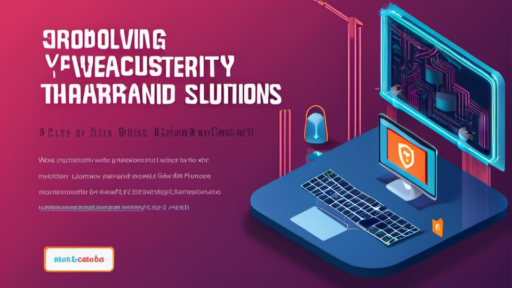Imagine a future where every piece of information you share online is used without your knowledge or consent, leaving you vulnerable to data breaches and identity theft. Scary, right? But the good news is, the tech world is working hard to ensure our data privacy is protected. The key to unlocking this future? Technical insights – a game-changer in how we understand and address data privacy challenges!
Unlocking the Power of Technical Insights: How It Shapes the Data Privacy Landscape
Think of technical insights as the hidden map to navigating the complex world of data privacy regulation. They reveal the intricate web of vulnerabilities that threaten our sensitive information and equip us with the tools to build robust defenses.
A Deeper Dive: Technical Insights and the Data Privacy Puzzle
Let’s break it down: Technical insights can be broken down into three main components:
-
Data Discovery & Classification: Imagine uncovering hidden treasures in a dusty attic! This process identifies all the different types of data a company holds, from personal details like names and addresses to medical records and financial transactions.
- Why is this important? It’s the first step to understanding which data requires specific security measures to protect it from misuse.
- How does it work? This involves a combination of tools like data cataloging and machine learning algorithms.
-
Risk Analysis and Vulnerability Assessment: Picture yourself as a detective uncovering clues to prevent a crime. This step involves analyzing potential threats to your data, such as hackers attempting to steal your identity or data breaches compromising your privacy.
- Why is this important? By pinpointing weaknesses in your data security infrastructure , you can proactively address these risks before they become real-world threats.
- How does it work? This involves examining factors like outdated systems, lack of security protocols, or vulnerabilities in your web applications.
-
Security and Compliance Best Practices: This step is about implementing the right measures to ensure your data is kept safe and in compliance with the latest data protection regulations.
- Why is this important? This helps you meet regulatory obligations and protect yourself from costly fines and penalties.
- How does it work? This includes implementing access control mechanisms to limit who can view and use sensitive data, adopting robust encryption methods, and adhering to protocols like GDPR and CCPA to ensure data protection.
Building a More Secure Data Future: Real-world Examples
The power of technical insights goes beyond theory, shaping practical solutions to real-world data privacy challenges. Here are some compelling examples:
Example 1: Enhancing User Privacy with AI-Powered Solutions
- The Challenge: Many organizations face difficulty managing user consent preferences effectively, leading to a fragmented user experience and possible data misuse.
- The Solution: Implementing an AI-powered consent management system. By using machine learning to automate consent collection and management processes, organizations can create a seamless and efficient user experience, while also ensuring complete compliance with data privacy regulations.
Example 2: Securely Storing Sensitive Data with Blockchain
- The Challenge: Traditional methods of storing personal information on centralized servers pose risks due to potential security vulnerabilities and data breaches.
- The Solution: Adopting blockchain technology for data storage and management. Blockchain’s decentralized nature creates a highly secure platform, limiting access to sensitive data and increasing transparency and accountability in data handling.
A Vision for the Future: Empowering Individuals and Organizations
The potential of technical insights in safeguarding data privacy is vast. Imagine a future where:
- Individuals have complete control over their data and can choose who has access to their information.
- Businesses leverage technical insights to build secure systems that protect customer data and bolster their brand reputation in the marketplace.
- Governments use these insights to shape policies that foster data privacy and security for all citizens.
By harnessing the power of technical insights, we can create a future where data is used responsibly and securely, empowering individuals and organizations alike.
Key Takeaways:
- Technical insights play a critical role in addressing data privacy challenges.
- These insights equip organizations with the necessary tools to understand, assess, and mitigate data privacy risks.
- Data discovery & classification, risk analysis, and security & compliance best practices are crucial aspects of building a strong data privacy framework.
- By embracing technology and adopting innovative solutions, individuals and organizations can work together to create a more secure and private future for all.






